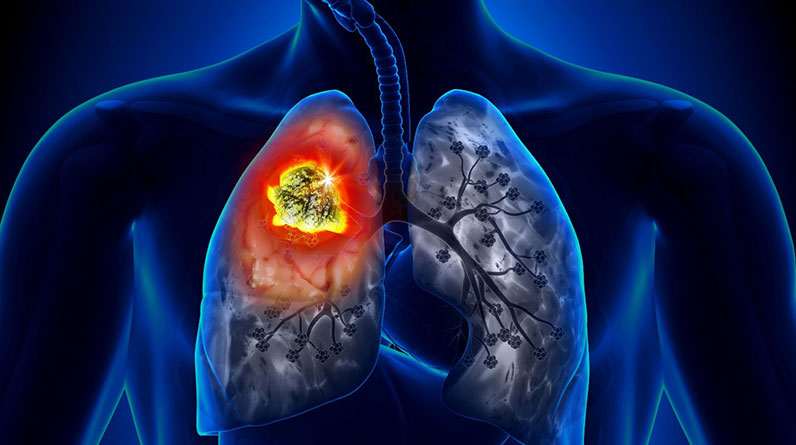
Alcoholism and Liver Disease in Men
While the condition of alcoholism and alcohol-related liver disease are both prevalent in men and women, men are considerably more vulnerable. In fact, a 2019 survey from the National Survey on Drug Use and Health concluded that nine million men in the United States alone admitted to having some level of alcohol-use disorder.
Men are more likely to smoke, drink alcohol, behave in an unhealthy manner, and avoid regular health checkups. They are also more likely to suffer from mental health conditions, one of the highest contributors to alcohol dependence.
What follows will be a discussion about men’s health and the prevalence of liver disease in relation to alcoholism. Next, we’ll detail several notable statistics related to alcoholism and liver disease, as well as some of the most common conditions caused by alcohol abuse. Lastly, we’ll suggest a final word surrounding the importance of bringing attention to men’s health as it relates to mental health.
What is Alcohol-Related Liver Disease?
Liver disease caused by alcohol abuse is widespread. Alcohol-related liver disease (ARLD) is the condition of excessive and sustained consumption of alcohol, leading to damage of the liver.
Upon the initial damage to the liver, the persistence of regular alcohol consumption only further increases the severity of the condition. The ultimate consequence of ARLD is liver failure or chronic cirrhosis, the final stage of liver disease.
Alcohol-related liver disease can be categorized into different stages, all of which can eventually lead to end-stage disease if alcohol abuse continues. Three stages of ARLD include fatty liver disease, fibrosis of the liver, and cirrhosis.
Alcoholism & Liver Disease Statistics
To detail just how prevalent alcoholism is in the United States alone, alcohol-related deaths account for over 95,000 deaths annually, 68,000 being men. This makes alcohol-related deaths the third most prevalent and preventable cause of death in the US. In addition, cirrhosis of the liver was found to be the cause of death in a large majority of these cases.
Of those who are categorically chronic alcoholics, 10-15% can expect to develop some level of alcohol-related liver disease if gone untreated.
To bring a global perspective to the prevalence of alcoholism, the number of alcohol-related deaths reached 3.3 million globally in 2012, according to WHO. However, numbers have remained mostly steady year over year.
It’s clear that alcoholism is a global condition that is quite detrimental to men’s health.
Common Conditions Related to Alcoholism
Alcoholism is a blanket term used to refer to alcohol abuse, dependence, and chronic consumption. Although it’s somewhat difficult to place a number on when alcohol consumption becomes abuse, it’s suggested that in excess of 15 drinks weekly for men is defined as abuse.
Alcoholism is a condition that develops slowly over time and becomes difficult to overcome. Consequences vary depending upon age, health status, sex, level of abuse, and other related factors, yet, many complications are common with alcoholism.
The following are common conditions caused by alcoholism:
- Alcohol-Related Cirrhosis
- Alcoholic Encephalopathy
- Ascites (often requiring Paracentesis)
Alcohol-related cirrhosis is the result of progressive alcoholic liver disease. Initially, fatty liver develops, but then subsequent inflammation and eventual scarring of the liver occurs along with cellular death. Cirrhosis is not curable; however, it can be prevented by eliminating alcohol consumption at an early stage of liver disease.
Alcoholic Encephalopathy is a condition that can occur in progressive liver disease secondary to alcoholism. The liver becomes unable to filter toxins such as ammonia from the blood, which leads to the build-up of these toxins and subsequent effect on the brain. Symptoms can progress to confusion and even coma if not treated medically in a hospital setting.
Lastly is Ascites, a collection of fluid inside the abdomen caused by increased pressure in the blood vessels surrounding the liver. The increased pressure leads to leakage of clear fluid from lymph vessels that run alongside blood vessels in this area. Sometimes this amount of extra fluid becomes overwhelming. In such cases, a paracentesis or drainage of this excess fluid by insertion of a catheter in the abdominal cavity may be required to relieve the pressure and pain caused by the ascites.
Final Thoughts
Alcohol consumption isn’t an inherently bad or good activity. Instead, it depends widely on the health background of the individual and the quantity of alcohol consumed over time. In addition, different people will tolerate the effects of alcohol differently.
As a general recommendation, and according to the National Institute of Alcohol Abuse and Alcoholism, men should limit their consumption to a maximum of 1-2 drinks nightly.
In any case, alcoholism, especially regarding men, is a significant concern and should be responsibly monitored throughout a man’s life. Unfortunately, even though alcoholism is highly preventable, it continues to be one of the leading causes of avoidable deaths in the United States and globally. However, by taking care of one’s mental and physical health, becoming educated about relevant men’s health conditions, and being proactive, alcoholism can be successfully prevented.
The best way to prevent alcohol-related liver disease is to drink alcohol in moderation or abstain from alcohol consumption altogether.


